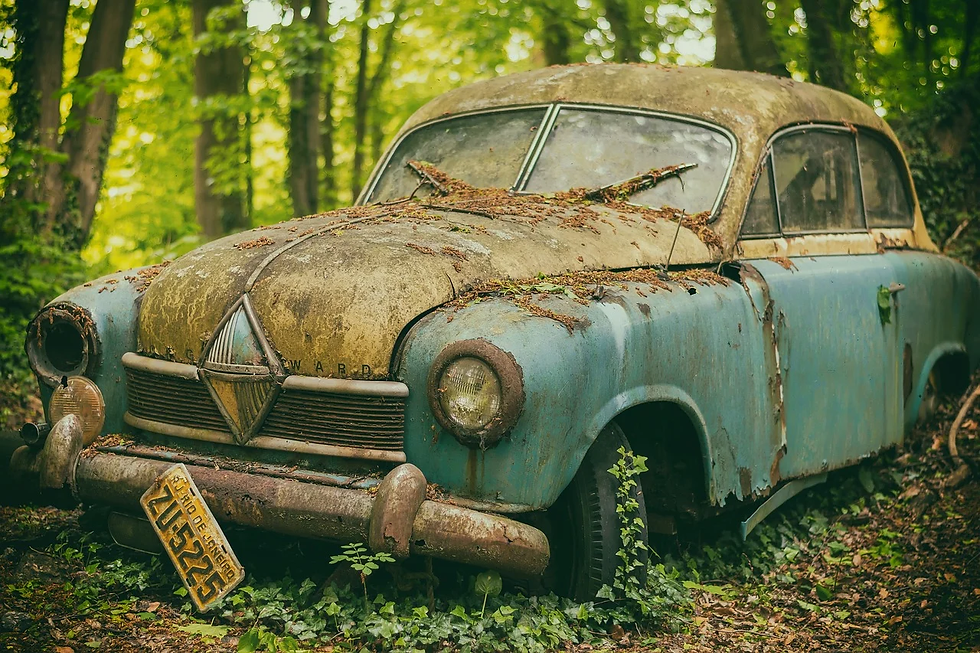Southern Gothic
- hcornetto
- May 1, 2021
- 2 min read
When you think about Southern Gothic, what comes to mind? You’ve probably heard of William Faulkner and Flannery O’Connor, both of whom penned some of what we now consider Southern Gothic classics. But what is Southern Gothic, and what sets it apart from Gothic fiction? I recently took a course on Southern Gothic fiction, and I wanted to share some highlights with you all.

1. Decay
When you think of Southern Gothic, you may think of decaying plantations or large family homes that crumble with time, and those things do have their place, but modern Southern Gothic is so much more. Settings for Southern Gothic no longer need to seem grand or romantic. Modern Southern Gothic might take place in a trailer park, a swamp, a junkyard, or any other location that gives the reader an atmospheric sense of decay. A time or place that feels outdated, forgotten, or left behind is a staple for this genre. The decay might come from an actual physical structure (like a building), but it might also come from the people or the environment at large.
2. The Grotesque
Another staple of Southern Gothic is a character who displays attributes of the grotesque. This has often manifested in a physical malformation, but it can also be a social or psychological malformation. What we consider southern charm, or social niceties, are often superficial in the South, causing typical Southern characters discomfort when trying to interact with those who fall under the spectrum of the grotesque. The grotesque character is usually, in some way, a standout among the values and social norms of the South in some way, and might therefore be treated as an outcast. The grotesque character need not be the antagonist of a story. Often, a grotesque character can make an interesting protagonist as well.

3. The Dark Underbelly
The American South has a long and uncomfortable history with racism, sexism, and many other “isms.” These things can be difficult to reconcile with the romanticized version of the South that we often see in books, film, and television. Poverty is often looked down upon in the South, even though poverty is rampant. Religion also plays a large role in Southern life.
Race. Poverty. Sex. Social Class. Religion. These are all deeply social issues that can be used to influence your work in the Southern Gothic genre. Setting a story in the South is a great way to explore these issues, and to use them to enhance the story you are telling, or to create unforgettable characters.




Comments